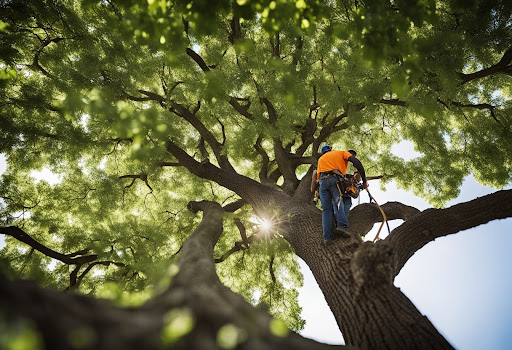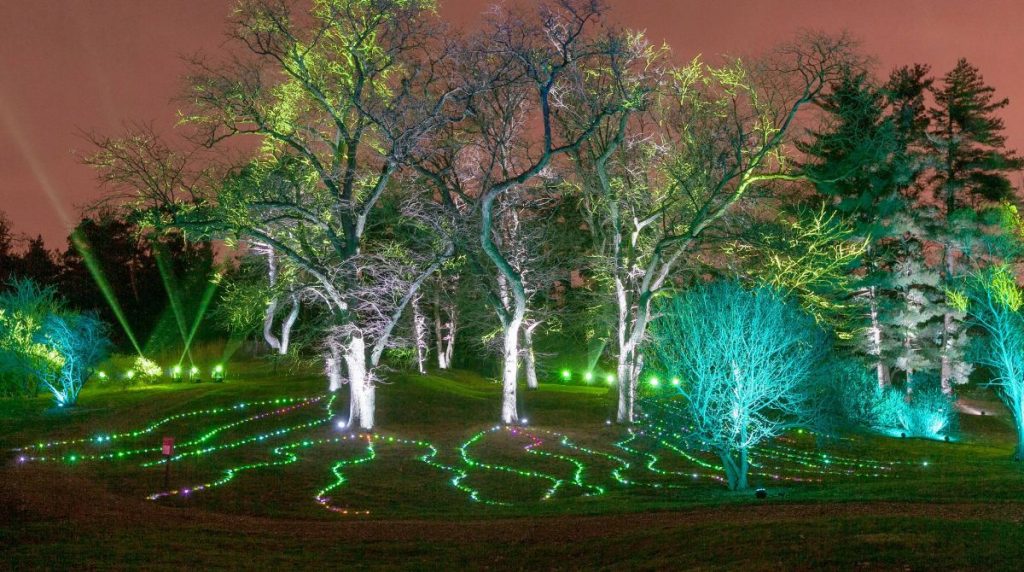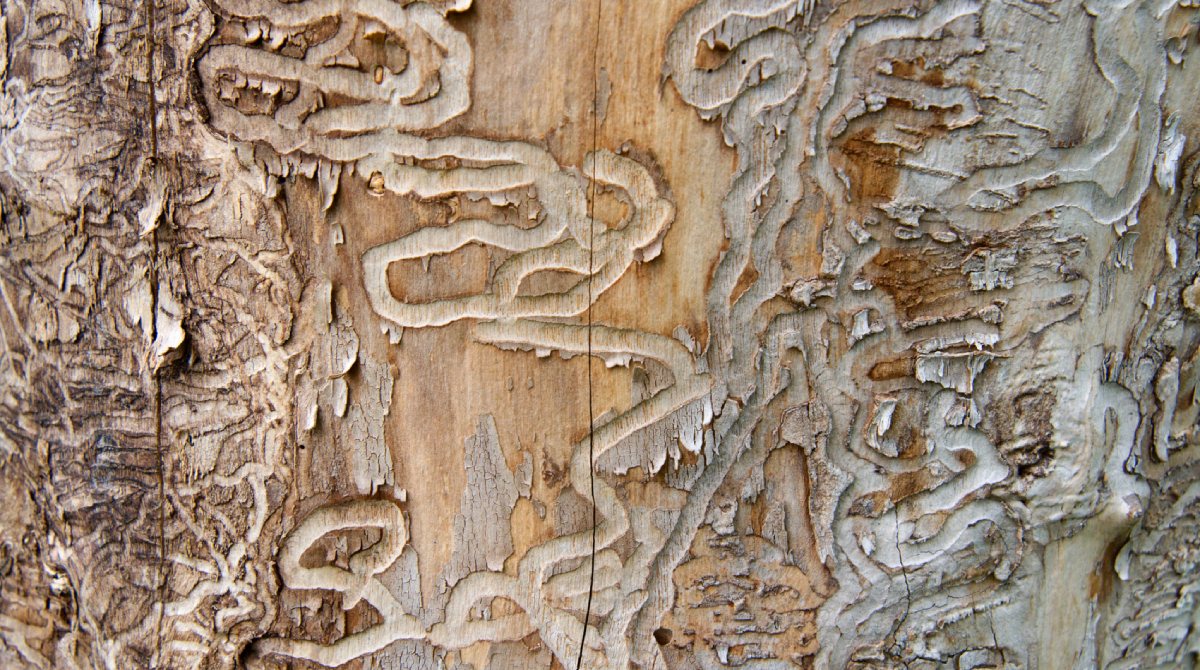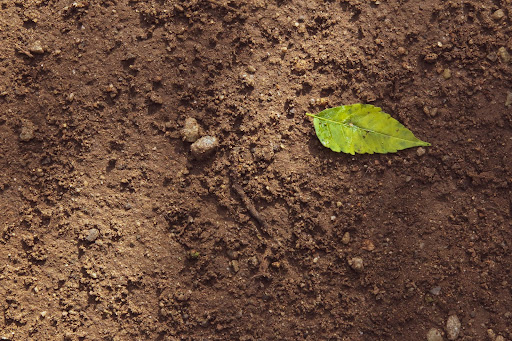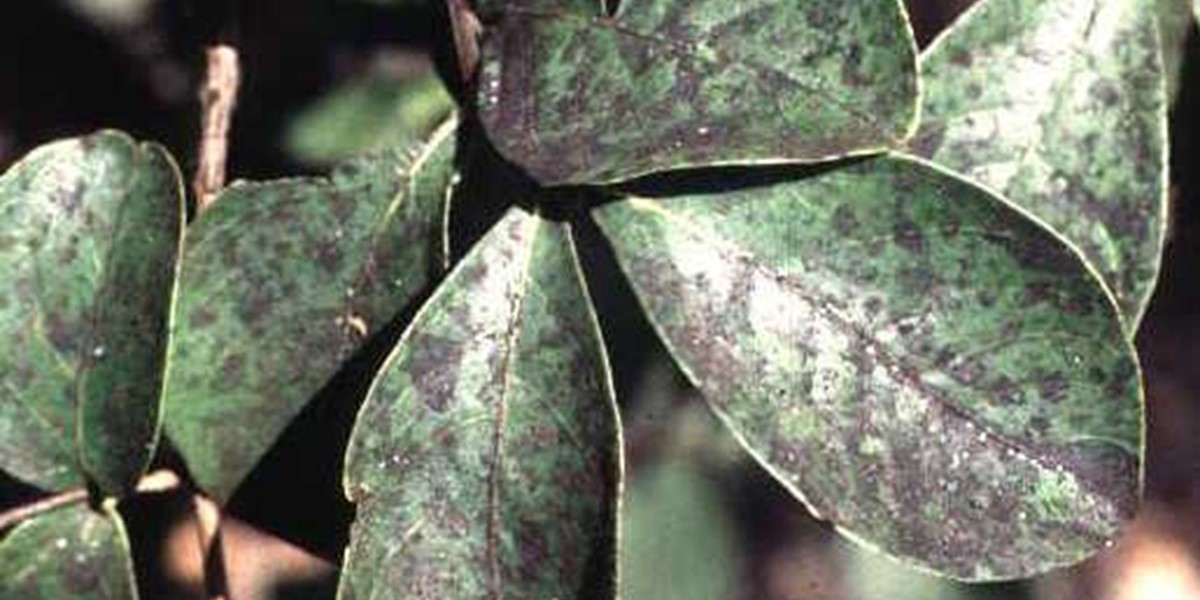
Date April 30, 2022
Category
Crepe myrtles are beautiful flowering trees and a staple of any Southern property. But have you noticed a black, powdery residue on yours recently? What is this and what can you do about it? In this blog post, we’ll answer those questions and more to keep you and your beloved crepe myrtles happy and healthy!
What Does a Healthy Crepe Myrtle Look Like?
A crepe myrtle that is in good health is generally of small size with a moderately dense canopy of deep-green, oval leaves that turn to fiery shades of yellow and red in the fall. This deciduous tree is most famous for its beautiful pink-hued blooms with petals reminiscent of wrinkled crepe paper, hence the name!
Did You Know: The ‘correct’ spelling of the tree’s name depends on where you are. In the South, it’s spelled crepe myrtle, but in the North, it’s known as a crape myrtle!
(Since TreeNewal is a homegrown, Southern team of professional arborists, we’ll stick to our roots with spelling it crepe myrtle in this post.)
Why is My Crepe Myrtle Bark Turning Black?
Sooty Mold
Most likely, the strange black film on your crepe myrtle is due to a plant condition called sooty mold. It’s caused by certain types of fungi growing on sugary secretions (called honeydew) left behind by garden insects. This leaves a dark gray or blackened powdery texture over the affected area of the plant. Anything from leaves to stems to branches can be coated in sooty mold.
In best cases, sooty mold is only an aesthetic issue of lingering black stains on the tree. If left untreated or not caught until too late, however, it can develop into a major problem.
What Causes Sooty Mold?
Aphids and Scale Insects
Aphids and scale insects are most often at fault for spreading sooty mold. The honeydew left behind as they feed on crepe myrtle leaves are perfect for harboring the Capnodium fungi that likely was also carried over by the offending aphids and scale insects. From there, the fungi are left to thrive in the built-up discharge.
Untreated infections of sooty mold risk a crepe myrtle’s ability to photosynthesize its leaves, meaning the tree cannot convert light energy into usable chemical energy that supports its growth. This also makes the tree more vulnerable to catching other infections and diseases as its health becomes more and more compromised.
Treating Sooty Mold
It Starts with Insect Control
The sooty mold is a byproduct of the insect infestation. It is easier to prevent than remove, but once the bark has been stained black by the mold, it will eventually clean itself off. Crepe myrtles have exfoliating bark which peels off the trunk in sheets during the growing season. This will remove the black-stained bark in a couple of growing seasons, as long as the pests are suppressed.
Pest Control
As mentioned, insecticidal soap can be a big help in controlling and even preventing sooty mold and the insects that spread it. During their peak seasons of spring and summer, consistently apply your insecticidal soap of choice every 4 to 7 days or as instructed on the product label until the population is sufficiently managed. The pests have multiple, overlapping generations per year, so you can’t drop your guard,
Another option is to use systemic insecticides that can provide season-long control with one single application. These insecticides are applied to the soil to minimize negative impacts on beneficial insects and are much more effective than contact sprays.
Check back occasionally to make sure they don’t reappear suddenly, but until then, get back to enjoying your beautiful crepe myrtle trees!
If you need advice or assistance with sooty mold affecting your trees, get in touch with the ISA-certified arborists at TreeNewal and enjoy tailored tree care advice.
To learn more about What Is the Black Residue on My Crepe Myrtle Trees – What Can I Do About It?, call our Argyle and Southlake-based teams
at tel:(817) 592-6846 or send us a message.
We’re a little different than the average tree services company.
Learn more about TreeNewal’s ISA Certified Arborists!
Our Dallas/Fort Worth-based tree doctors can explain how sustainable tree care services add more value to your bottom line.
Healthy trees, healthy lives.
